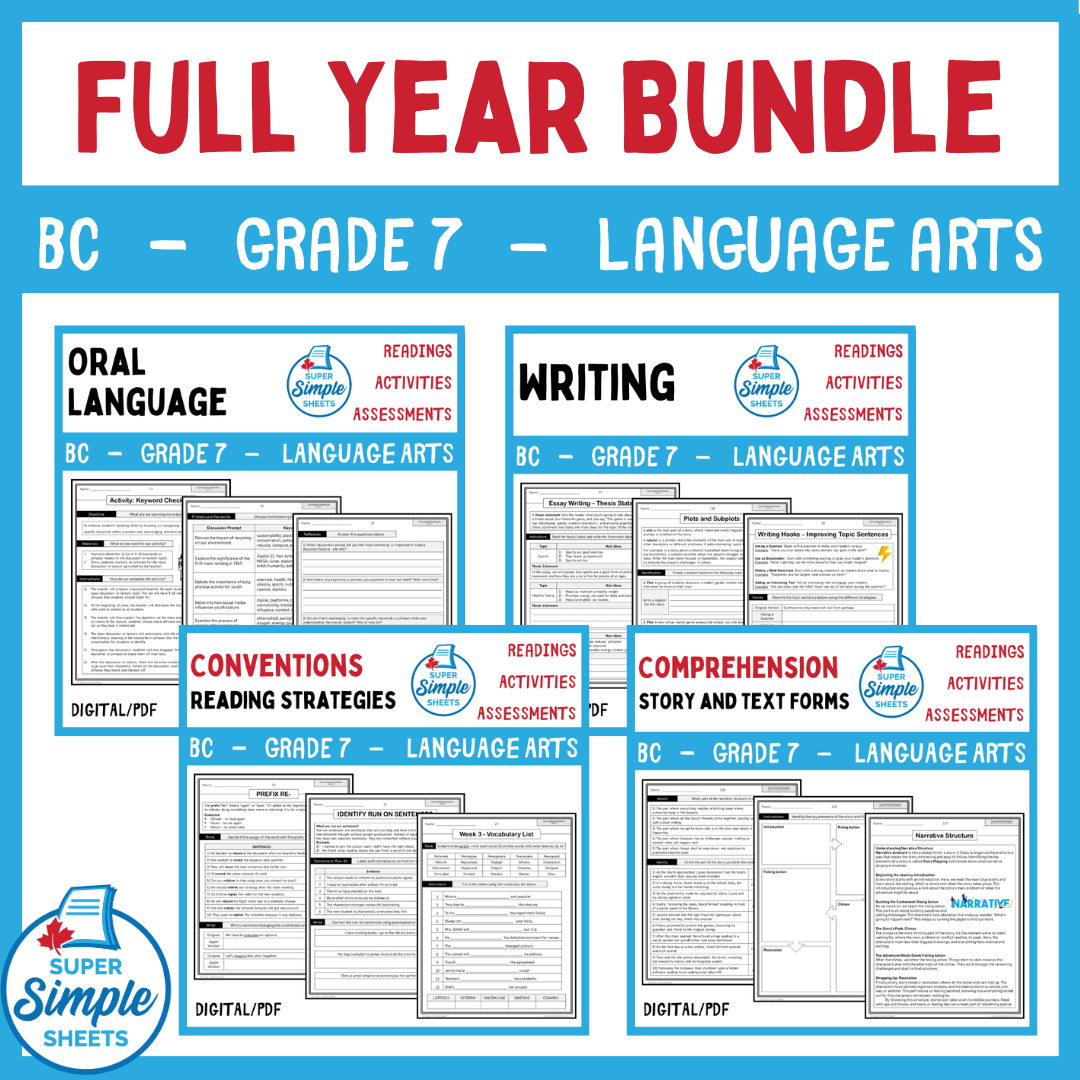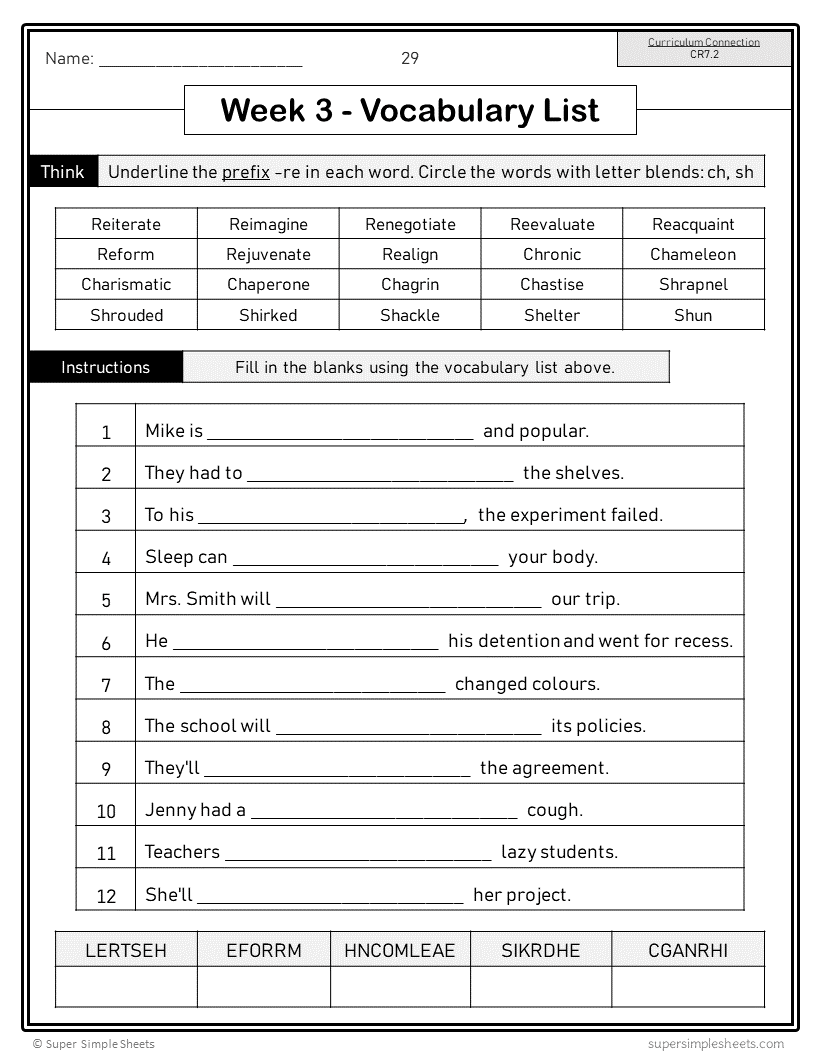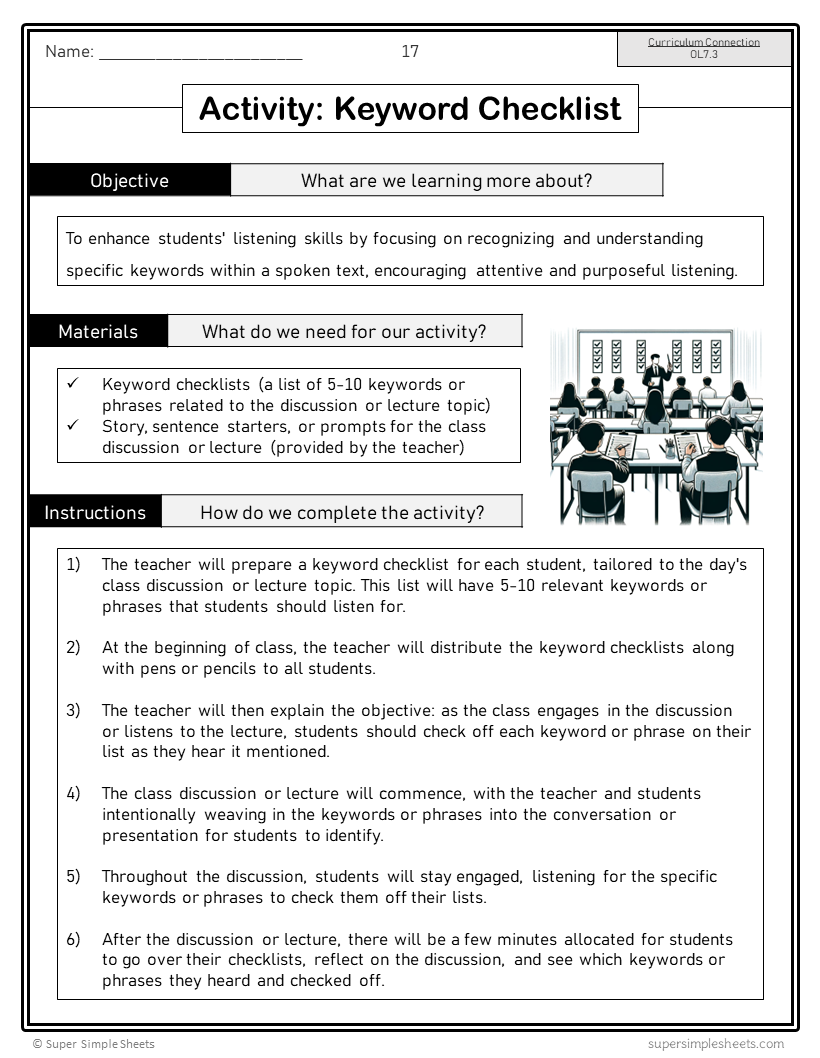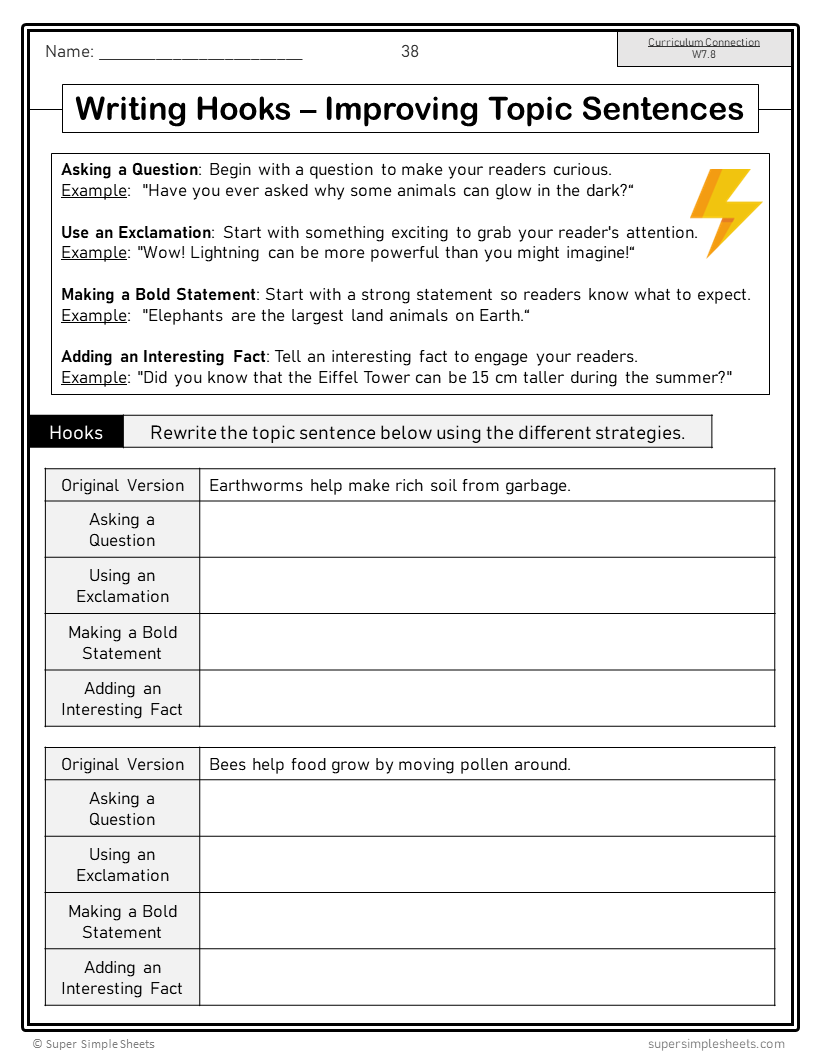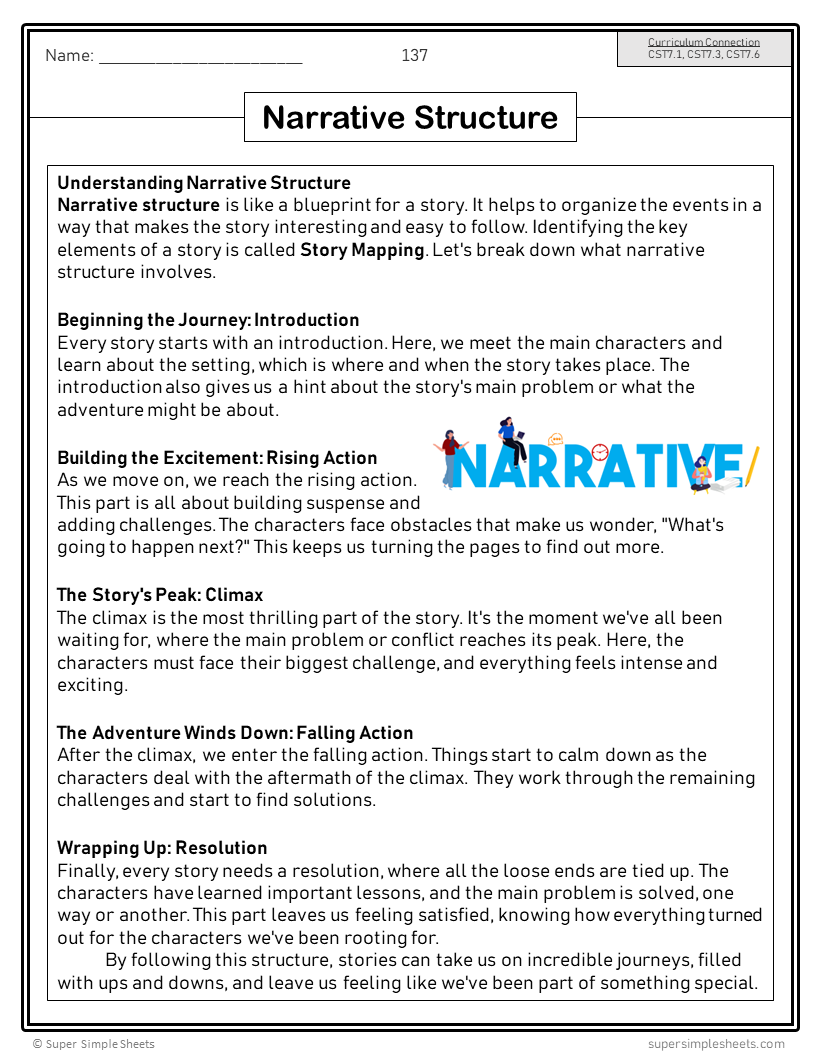BC Grade 7 Language Arts ELA - FULL YEAR BUNDLE
BC Grade 7 Language Arts ELA - FULL YEAR BUNDLE
Interested in a bundle? Shop below instead!
Couldn't load pickup availability
FULL YEAR BUNDLE - Teaching made easy! This NO PREP bundle includes everything you need to teach the BC Grade 7 Language Arts (ELA) Curriculum.
BOTH GOOGLE SLIDES AND PDF VERSIONS INCLUDED!
Grade 7 – British Columbia Language Curriculum (ELA) – Conventions, Reading Strategies, Syntax and Sentence Fluency. This resource covers all learning standards and elaborations related to conventions, reading strategies, syntax and sentence fluency in the British Columbia Curriculum (ELA). The 424 pages teach the Big Ideas, learning standards, and elaborations found in the curriculum.
Included in this unit are 30 weeks of ELA instruction, with weekly word lists that explicitly teach different prefixes/suffixes each week. Along with these Science of Reading principles, we have weaved in the learning standards students in grade 7 need to learn while working with these word lists.
Included in this resource are the learning standards below:
Conventions – common practices in all standard punctuation use, in capitalization, and in Canadian spelling.
Reading Strategies – using contextual clues; using phonics and word structure; visualizing; questioning; predicting; previewing text; summarizing; making inferences.
Syntax and sentence fluency – use of a mix of simple, compound, and complex sentences; correct pronoun use; subject-verb agreement; use of transitional words; and awareness of run-on sentences and sentence fragments.
In addition, we have included a full-year long range plan that outlines what concepts from the curriculum you will be teaching each week, and what prefixes/suffixes/letter blends will be covered.
Some of the concepts covered:
- Suffixes: -ing, -ly, -able, -less, -ment, -ful, -ness, -tion, -ous, -y, -ize, -ship and many more
- Prefixes: un-, re-, dis-, pre-, ex-, in-, non-, sub-, inter-, anti-, mis-, super-, and many more
- Reading strategies: predicting, summarizing, making inferences, questioning, and visualizing activities
- Recognizing and fixing run-on sentences
- Using coordinating conjunctions in compound sentences
- Building complex sentences with subordinating conjunctions
- Use correct subject–verb agreement in sentences with compound subjects
- Understanding and applying correlative conjunctions
- Differentiating between simple, compound, and complex sentence structures
- Creating compound-complex sentences
- Using a mix of sentences: simple, compound, complex, compound-complex sentences
- Comprehending and using imperative sentences, declarative, interrogative, exclamatory sentences
- Identify and use common subjective and objective forms of pronouns
- Introducing predicate nouns and predicate adjectives
- Exploring participles and participial phrases
- Enhancing writing with adverbial phrases
- Correctly placing commas after transitional words
- Utilizing commas for introductory phrases
- Expanding vocabulary using context clues
- Regional dialects: standard Canadian English versus American English
- Distinguish between formal and informal conventions of oral and written language
- Identify differences between standard English and slang
- Adjusting expression for different genres
- Strengthening fluency with increasingly challenging readings
- Learning the basics of capitalization and its advanced rules
- Applying punctuation: periods, question marks, colons for quotations
- Understanding semicolons and their advanced usage
- Utilizing ellipses and dashes for effect
- Use quotation marks to identify information taken from secondary sources in own writing
- Expanding vocabulary with thesaurus and morphology skills
- Weekly fluency readings for each week to reinforce word list vocabulary
- Weekly quizzes (30 different assessments)
- Answer pages for all activities
Grade 7 – British Columbia Language Curriculum – Writing. This resource covers all learning standards and elaborations related to writing in the British Columbia (BC) Language Curriculum (ELA).
There are 403 activity sheets that are aligned to cover the learning standards in the British Columbia Language Curriculum. Included are 10 blocks of content, each covering a different text form. Within each block, the Big Ideas, learning standards and elaborations are taught.
This is a language program developed by a language teacher. We have included exemplars for students to use to formulate success criteria so they can improve their writing quality. Moreover, we’ve scaffolded the skills involved with producing quality writing to ensure all students can progress.
In addition, we have included a full-year long range plan that outlines what concepts from the curriculum you will be teaching each week.
Some of the concepts covered:
- Types of text forms – when to use each one (narratives, letters/emails, persuasive, comic strips, reports, etc.)
- Experiment – writing with planning time versus writing without planning time (no brainstorming)
- Activity – Secret Agent Notes
- How to write a perfect paragraph – topic sentence (hook), body (supporting details), conclusion
- Essay writing – how to write a thesis statement
- Writing a 5-paragraph essay
- Formal versus informal letter writing – voice in our writing
- Narrative writing – beginning, middle, end
- Narrative structure – exposition, rising action, climax, falling action, resolution
- Plots and subplots
- Adding suspense, foreshadowing, and exaggeration (hyperbole) to stories
- Analyzing quality stories – building success criteria
- Using quotations in narrative writing – dialogue
- Characterization – creating funny, mysterious, fantasy, and adventurous characters
- Character development – describe how characters change over time due to big events
- Revision – using paragraphs appropriately and eliminating unnecessary repetition of words and ideas
- Activity – Story Swap Revision
- Understanding persuasive writing
- Activity – Being Persuasive: Debate
- Understanding bias in persuasive writing
- Assignment – advertising a new invention
- Expository text forms – reports, lists, problem/solution report, compare/contrast essay, cause and effect essay
- Writing a How-To-Guide
- Synthesizing multiple reports
- Writing a report – different types of bears and the importance of bees
- How to research effectively – trustworthy sources, using keywords
- Activity – Online Treasure Hunt
- Writing a problem/solution report
- Determining solutions to problems
- Types of poems – Haiku, Limerick, Rhyming Poems, Acrostic Poems
- Assignment – writing a poetry children’s book
- Comic strips – onomatopoeia and illustrating graphic texts
- Assignment - creating an online comic strip
- Biographies – cross curricular connections: Louis Riel, Leif Erikson, and Laura Secord
- How to cite where we find research – bibliography
- Activity – Partner Biography/Bibliography Assignment
- Cursive writing package/booklet
- Answer pages for all activities
Grade 7 – British Columbia Language Curriculum – Comprehension, Story, and Text Forms. This resource covers all learning standards, elaborations, and Big Ideas related to reading strategies, comprehension, text forms, and stories in the grade 7 British Columbia Language (ELA) curriculum. There are 404 pages for students to master the skills they need to meet the requirements of the curriculum.
We’ve included a variety of activities, including independent reading responses, group activities, assignments, experiments, exemplars, and hands-on activities to keep your students engaged.
Included in this resource are the learning standards below:
Story/Text: elements of story, functions and genres, text features, and literary elements and devices.
Reading Strategies: using contextual clues; using phonics and word structure; visualizing; questioning; predicting; previewing text; summarizing; making inferences
Metacognitive Strategies: goal setting, self-evaluating, and reflections
In addition, we have included a full-year long range plan that outlines what concepts from the curriculum you will be teaching each week/block.
Some of the concepts covered:
- What is reading comprehension?
- Before reading: comprehension strategies – activating prior knowledge and reasons for reading
- During reading: comprehension strategies – questioning, making connections, inferences, predictions, visualizing
- After reading: comprehension strategies – summarizing, inferences, synthesizing, evaluating, visualizing
- Concept mapping and mental rehearsal
- Cultural text forms – creation stories and songs
- Plot and subplots
- Foreshadowing, suspense, subplots, flashbacks, and surprise endings in narratives
- Character analysis – decision making of characters, character traits
- Indigenous storytelling – values, rituals, ceremonies, architecture, art, and dance
- Cross-curricular connections – text forms related to themes in science and social studies (deforestation, structures)
- Adjusting reading rates: Learning to read at different speeds based on the text's difficulty.
- Vocabulary in context: Learning new words through their use in texts.
- Voice in letter writing
- Bias in letter writing, book reviews, and in persuasive writing
- Making inferences from letter writing
- Narratives – literary devices: allegory, symbolism, foreshadowing, similes, metaphors, imagery
- Narrative structure – exposition, rising action, climax, falling action, resolution
- Characterization – character traits, decision making, and evolution of characters
- Determining the causes and effects in narratives
- Implicit versus explicit evidence in persuasive texts
- Expository texts – informational reports and how-to guides
- Scanning texts to find specific information quickly
- Text patterns in cause-and-effect essays, problem-and-solution reports, five-paragraph essays, compare and contrast essays
- Identifying thesis statements found in reports and essays
- Synthesizing information in reports and essays
- Blog post – text patterns
- Identifying literary devices in poetry – allegory, foreshadowing, and symbolism
- Analyzing poems – haiku, limerick, acrostic, cinquain, and rhyming poetry
- Studying poetry written by Indigenous authors
- Explicit and implicit perspectives in book reviews
- Activity – detecting bias in online reviews
- Graphic texts – timelines, memes, comics, infographics, maps
- Biographies – Viola Desmond, Tecumseh, Bertha Clark Jones, Alexander Graham Bell, and Warren Buffet
- Metacognitive strategies: reading tracking charts and reading goals
- Answer pages for all activities
Grade 7 – British Columbia Language Curriculum – Oral Language. This resource covers all learning standards, elaborations and Big Ideas related to the Oral Language section of the Language curriculum (ELA). The 121-page unit includes lesson plans for the teacher, prompts for the students, planning pages, and reflection questions for students to consolidate their understanding.
Included in this unit are 35 activities that are interactive and engaging for grade 7 students. As students complete the activities, they will build on their oral communication skills, obtaining the learning standards stated in the curriculum. There are several activities provided for each learning standard listed in the curriculum.
We are proud to include everything you need to complete these activities. For example, if an activity asks for a story to be read, we provide the story. We’ve also included all emotions, story starters, expressions, and plays (reader’s theatre) you need.
Some of the concepts covered:
- Activity: Listening Relay
- Activity: Two Types of Listening
- Activity: Musical Chairs with a Twist
- Activity: Question Quest
- Activity: Inquisitive Minds - The Question-Asking Game
- Activity: Keyword Checklist
- Activity: Instructional Challenge
- Activity: Podcast Detective
- Activity: Supporting Opinions with Research
- Activity: Persuasive Speech Contest
- Activity: Socratic Seminar
- Activity: Debate Club
- Activity: Clarity Courtroom
- Activity: Storytelling Circle
- Activity: Impromptu Speaking Game
- Activity: Podcast Project
- Activity: Think-Pair-Share
- Activity: Feedback Fishbowl
- Activity: Word Swap Workshop
- Activity: Descriptive Relay Race
- Activity: "The Paraphrase Chain"
- Activity: Round Robin Brainstorming
- Activity: Voice Modulation Mastery
- Activity: Formal vs. Informal Chats
- Activity: Mood Reader
- Activity: Non-Verbal Communication
- Activity: Cultural Charades
- Activity: Gestures Speak Louder
- Activity: Interview Role-Play
- Activity: Mind Mapping Group Activity
- Activity: Constructive Feedback
- Activity: Feedback Carousel
- Activity: Group Presentation Relay
- Activity: Speech Swap
- Activity: Speech Makeover
This is a comprehensive bundle that will save you hours of planning! It has everything you need to feel confident that you are covering the BC Language Arts curriculum.
Share
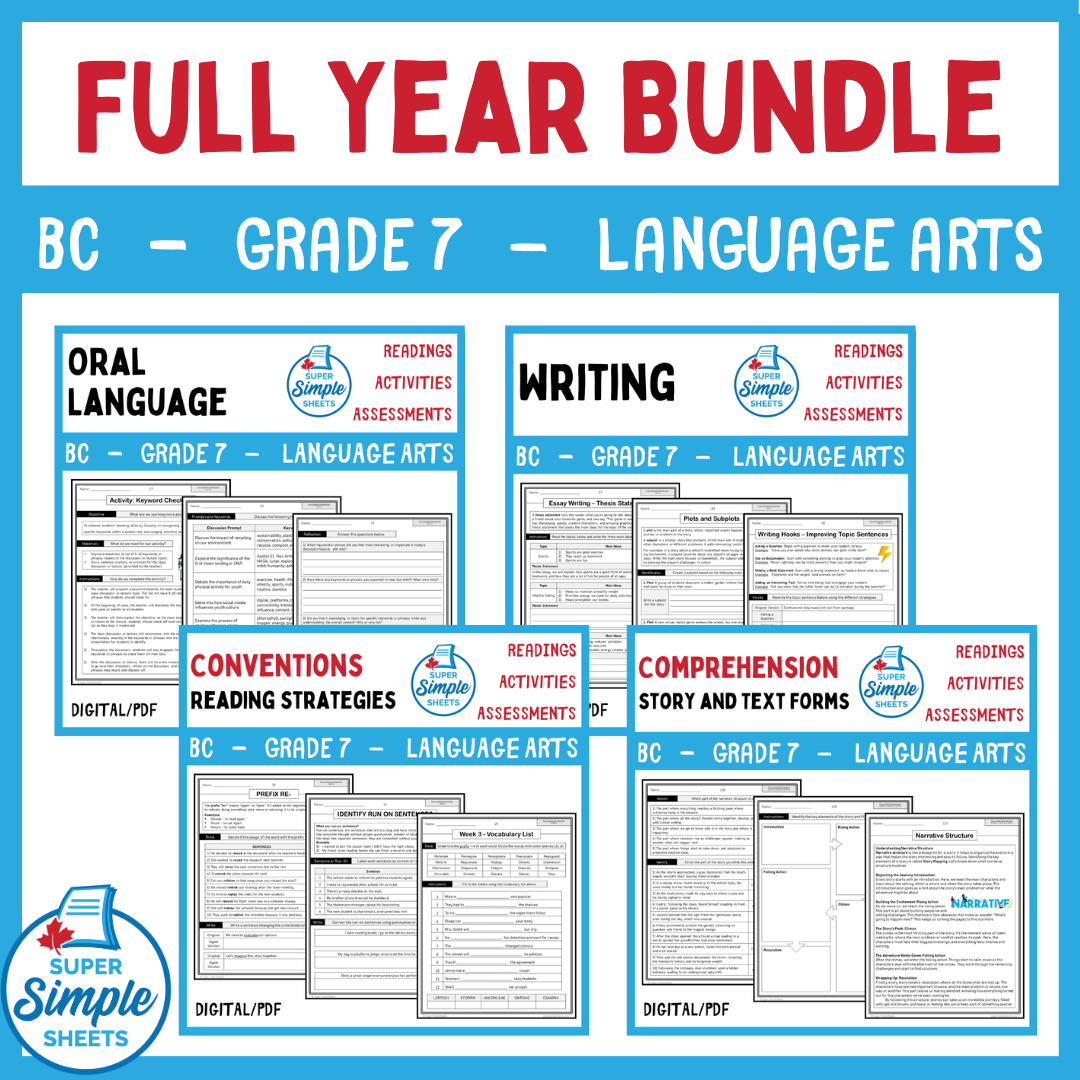
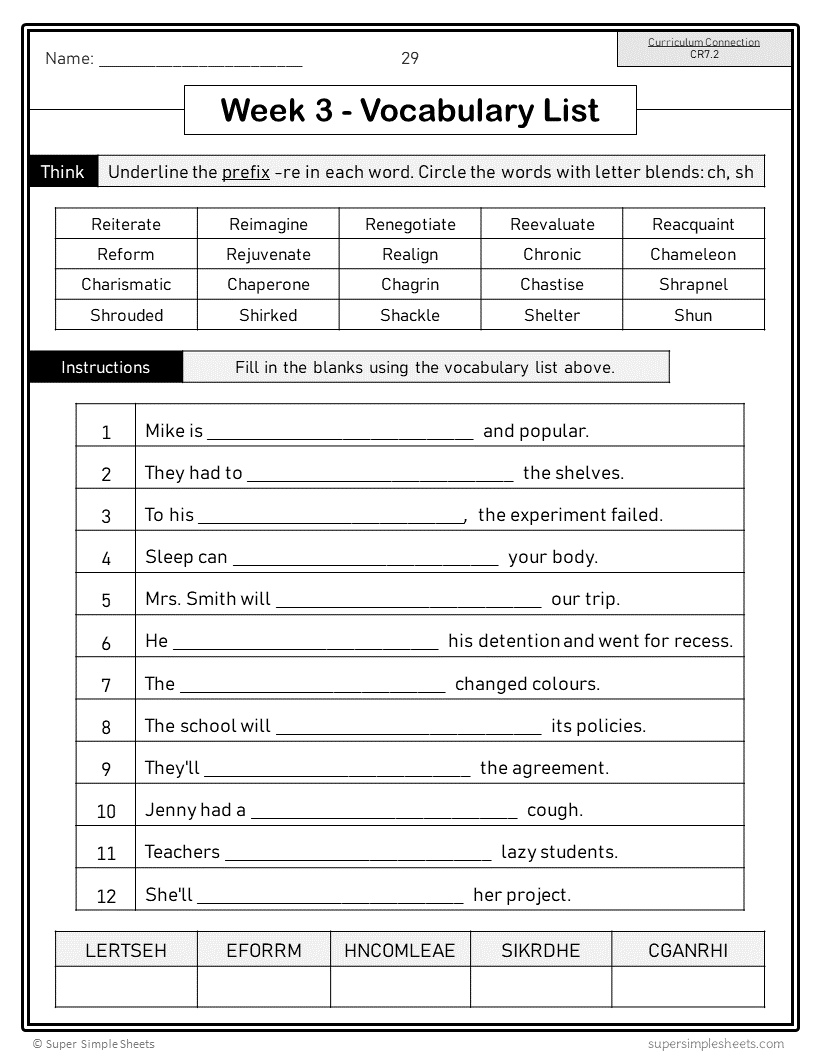
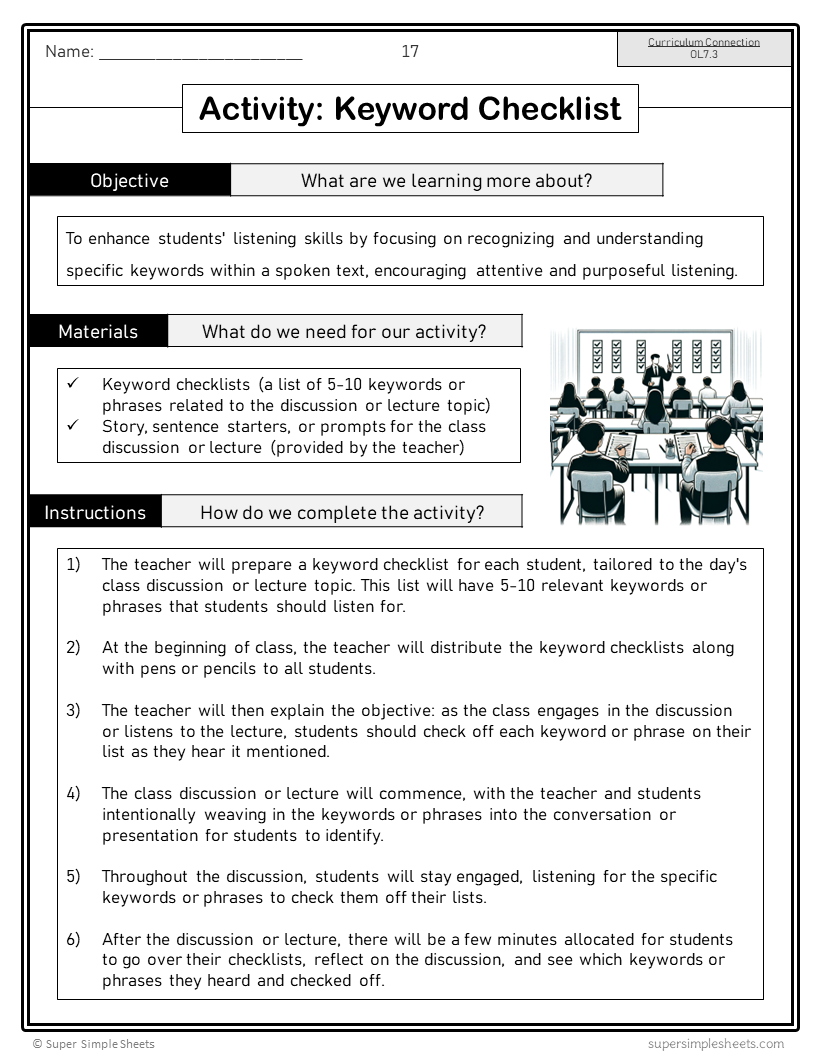
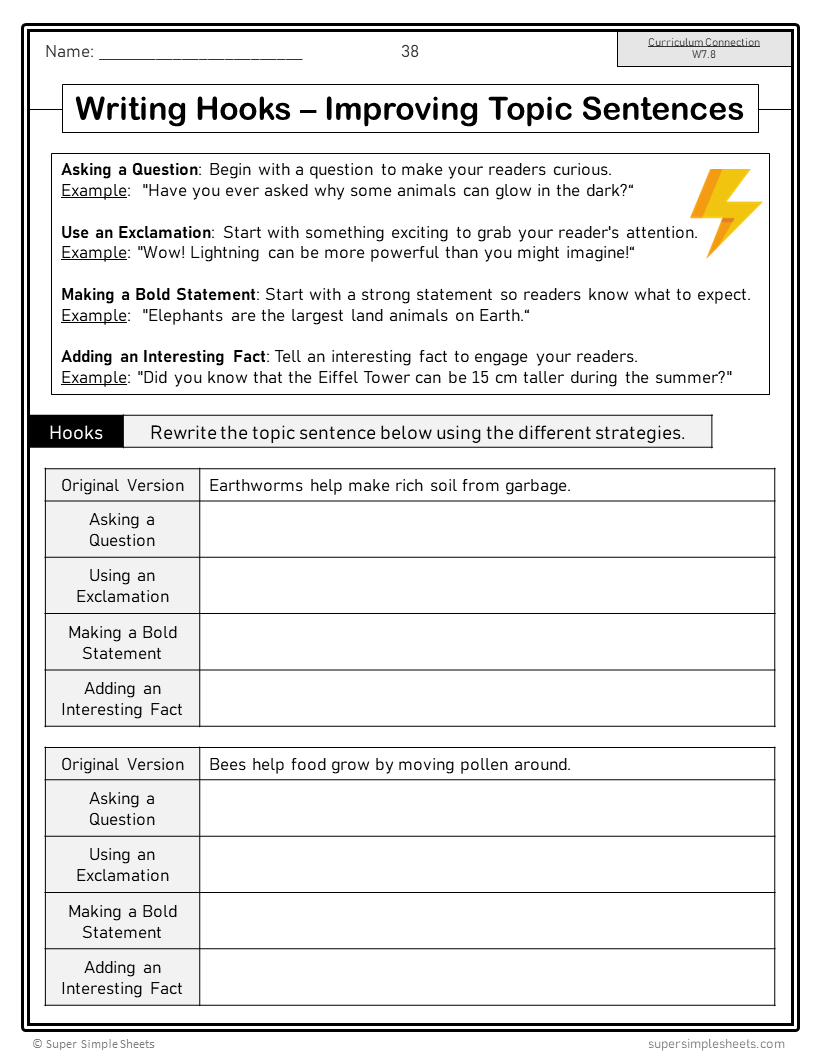
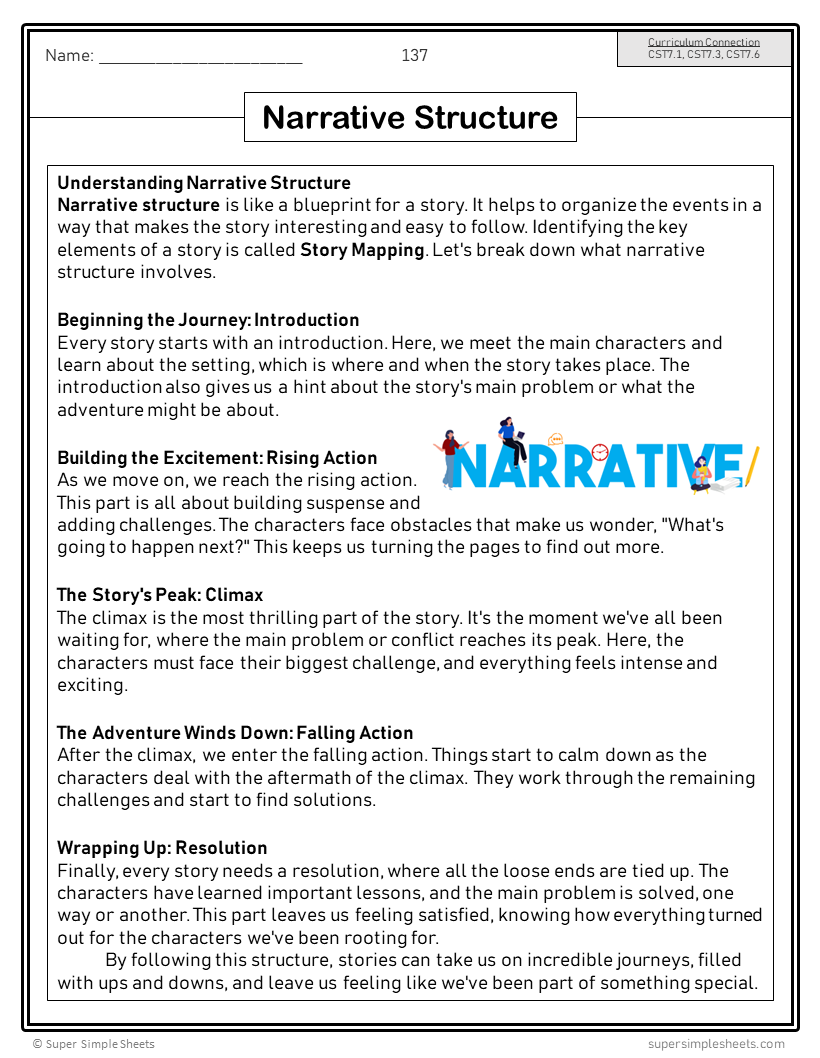
The content was spot on and there is an over abundance of content and materials. I love the unit layouts, but I would prefer to have it layed out in a week by week set up, so I knew how to weave the ELA units together better. Science, health,, and Math are excellent and easy to follow in a week by week fashion for all units.
